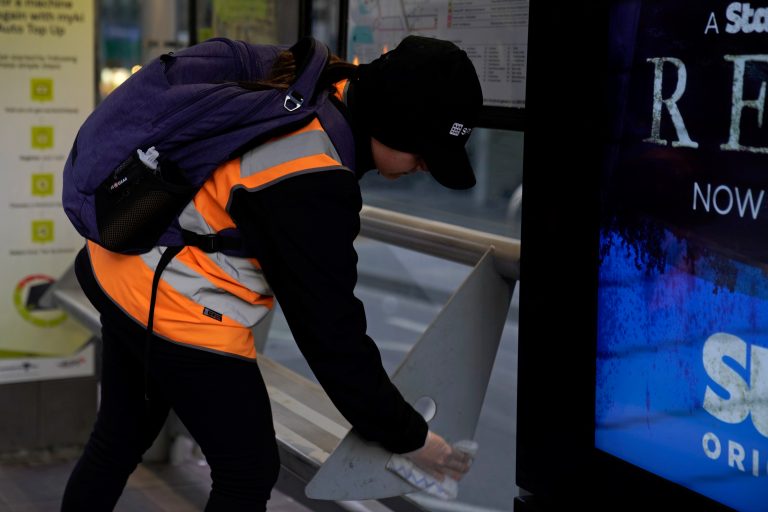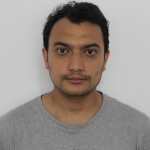
SYDNEY/MELBOURNE, July 10 (Reuters) – Australia will halve the number of citizens allowed to return home from overseas each week, Prime Minister Scott Morrison said on Friday, as authorities struggle to contain a COVID-19 outbreak in the country’s second most populous state.
Since March, Australia has allowed only citizens and permanent residents to enter the country. Once they arrive, they enter a mandatory 14-day quarantine in hotels, which is paid for by state governments.
Morrison said from Monday, Australia will cap the figures at 4,000 people each week. Those who return will also have to pay for their quarantine stays.
“The decision that we took… was to ensure that we could put our focus on the resources needed to do the testing and tracing and not have to have resources diverted to other tasks,” Morrison told reporters in Canberra after a meeting of the national cabinet.
Neighbouring New Zealand enacted measures earlier this week to limit the number of citizens returning home to reduce the burden on its overflowing quarantine facilities.
SECOND LOCKDOWN
The announcement of new travel restrictions comes days after Victoria state reimposed lockdowns in the country’s second largest city, Melbourne.
The lockdown will last for six weeks following a surge in coronavirus cases linked to social distancing breaches in hotels where returned travellers were held in quarantine.
The flare-up has forced 5 million Australians to stay home for all but essential business, led the rest of Australia’s states to ban Victorians from entering, and dealt a blow to Australia’s economic recovery.
To ease the pain for businesses in Melbourne forced to shut again and holiday spots hit by cancellations, the Victorian government on Friday said it would provide a further A$534 million ($371 million), on top of A$6 billion already provided.
“This is us saying: ‘We’re here with you all the way through what will be a very traumatic, a very distressing and a very difficult time for all Victorians,'” state Treasurer Tim Pallas said in a televised media conference.
Pallas said the state, which makes up about a quarter of Australia’s economy, now expects unemployment to peak at 11%, up from 6.9% now. Victoria’s economy is expected to shrink by 14% and take two to three years to recover, he said.
“I apologise for it because this is nowhere where any Victorian wanted to be, but it is the reality of the situation that we confront,” Pallas said.
Despite surging numbers of cases in Victoria, the state’s premier Daniel Andrews has relaxed restrictions on most of the 3,000 people locked down in nine public-housing towers.
Residents in eight of the towers are now under the same restrictions as metropolitan Melbourne. The other tower remains in a hard lockdown.
A testing blitz found 158 out of nearly 3,000 residents were infected with the virus. About one-third of those were in one tower, where everyone is being forced to self-isolate for nine more days.
Even with the latest outbreak, Australia has done relatively well in controlling the novel coronavirus so far, with around 9,000 cases and 106 deaths.






